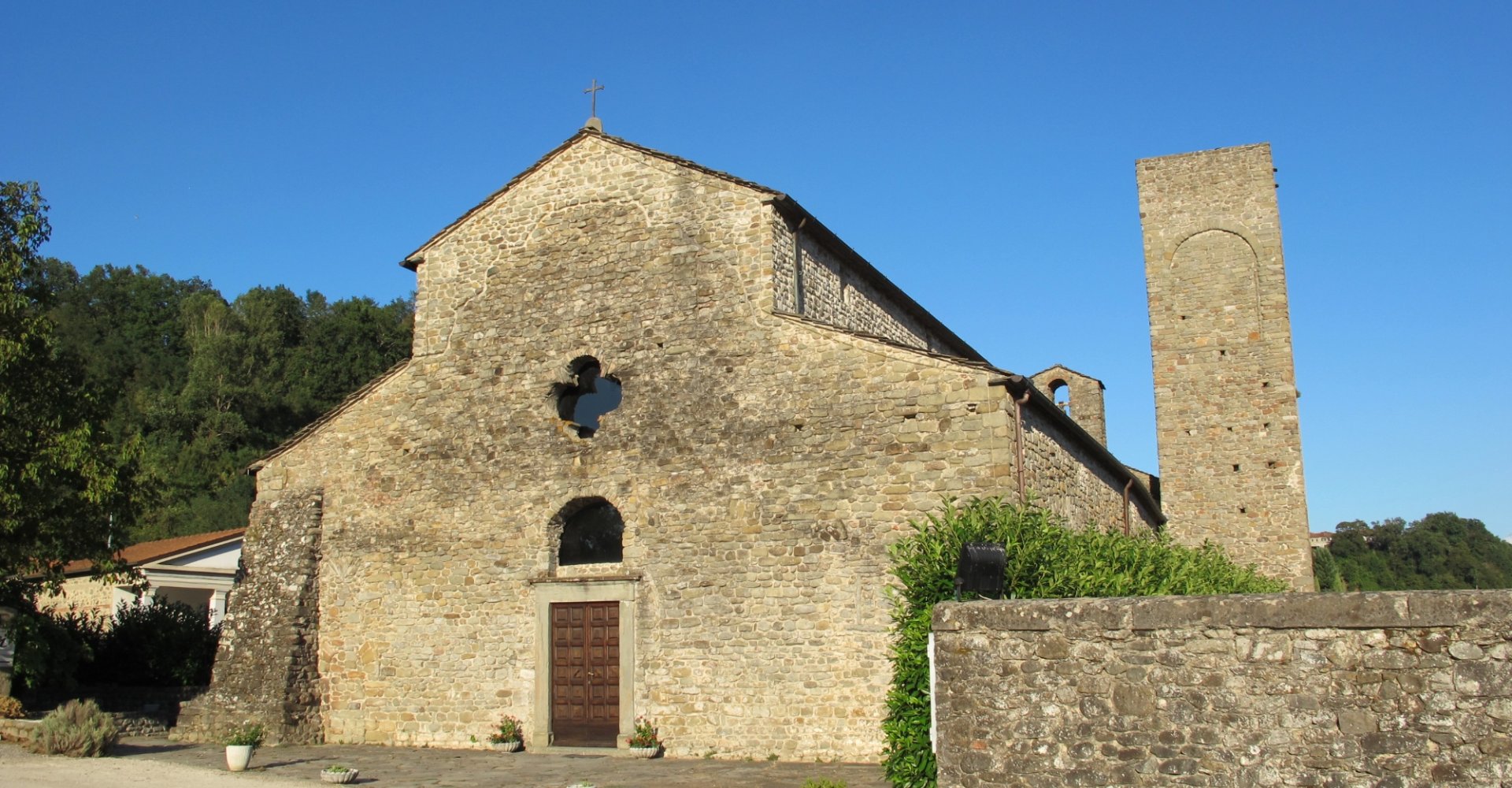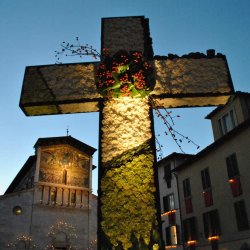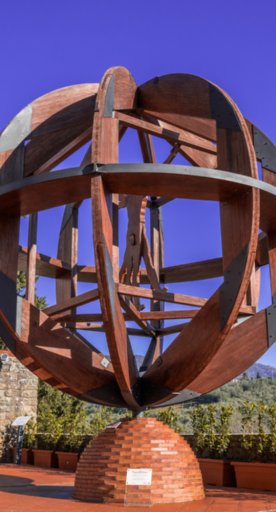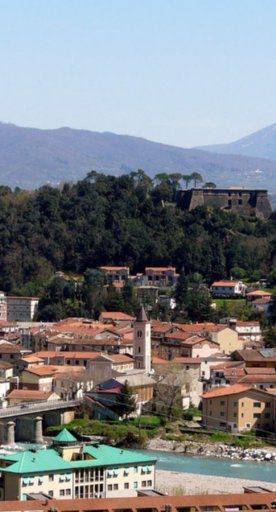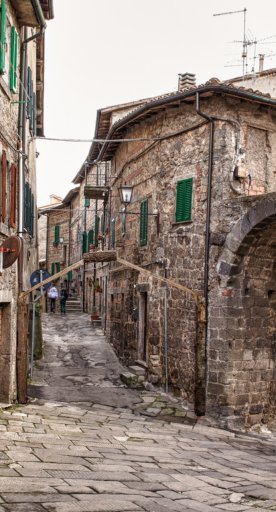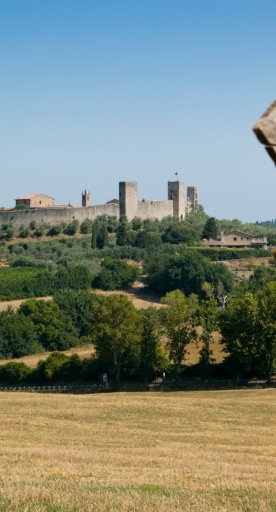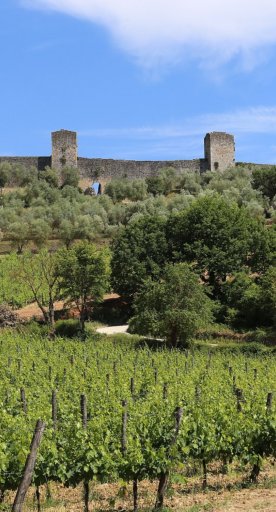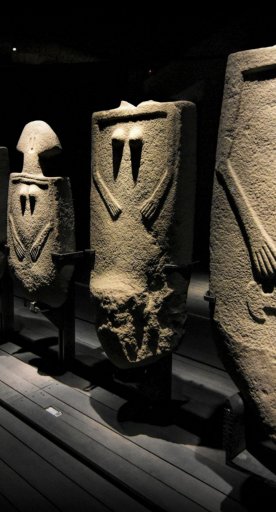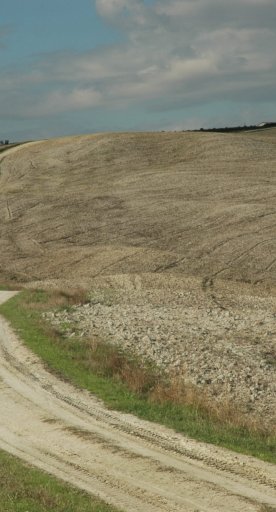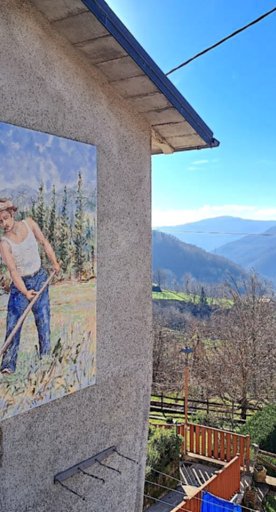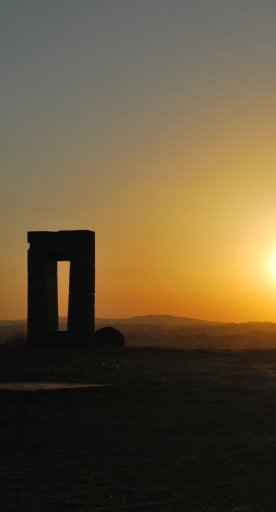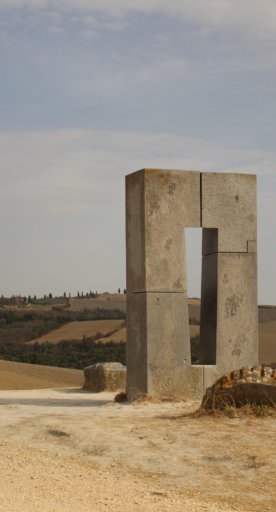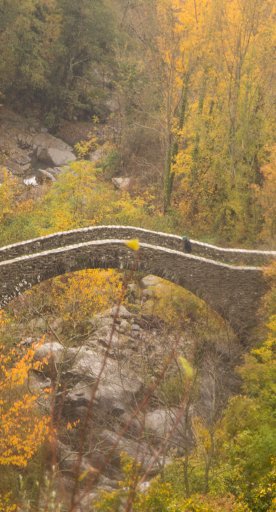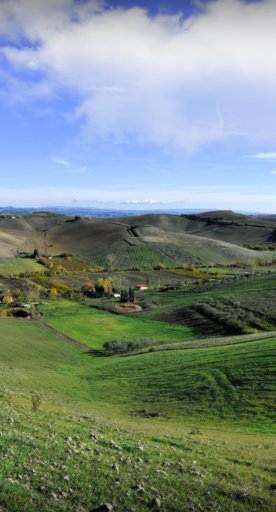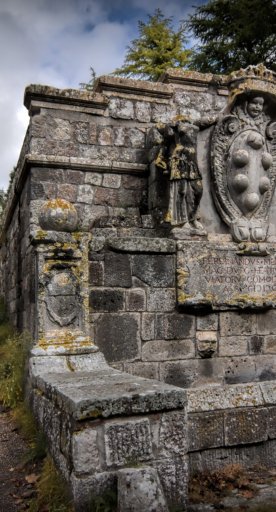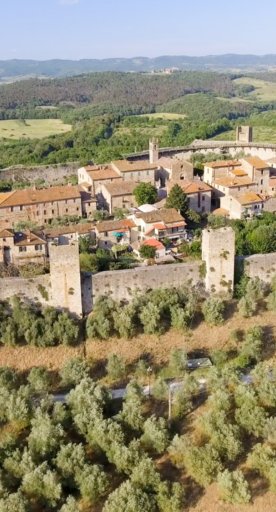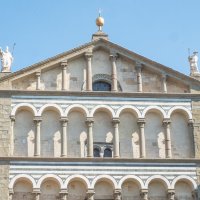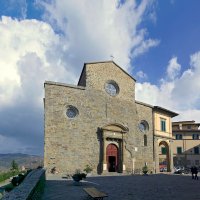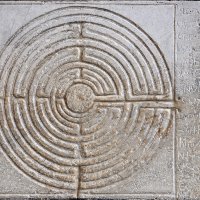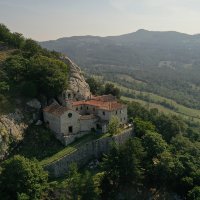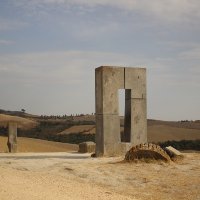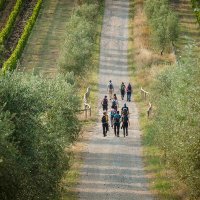Historic walks: 3 paths of faith in Tuscany
Official paths that have been traveled for centuries by pilgrims and still amaze with fascination through natural beauty, art and spirituality
Traveling on foot means above all plunging into nature, getting to know the territory and also something more about oneself. Pilgrims knows this all too well when they walk for days along roads and paths through nature to reach their destination: an important place of worship.
Worshippers, in their search for the divine, have a relationship with the supernatural that is mediated by physical places, which are considered sacred. The journey to these sites, that is, the pilgrimage, becomes a sacred action that prepares for an encounter with God.
Our excursus into historical and religious paths begins with the symbol of Christianity in Europe: the Via Francigena.
-
1.The Via Francigena in Tuscany
-
2.The Via di Francesco (Way of St. Francis) in Tuscany
-
3.The Via Matildica of the Volto Santo (Holy Face)
The Via Francigena in Tuscany

Certainly among the most traveled routes in the West is the Via Francigena, which leads from Canterbury to Rome via France (that's what the name refers to) and runs through Tuscany for about 400 kilometers.
The route lets us pass through splendid cities of art and visit majestic cathedrals, as well as landscapes defined as UNESCO World Heritage Sites. Along the way, we have the opportunity to stop and see up close relics of great value to worshippers. For example, the head and finger of Santa Caterina da Siena (St. Catherine of Siena, patron saint of Italy) preserved in the basilica di San Domenico in Siena and the right arm of San Giovanni Battista (St. John the Baptist, who baptized Jesus in the waters of the Jordan River) in the Cathedral of Siena. The latter relic is displayed from June 19 to 24 each year on the feast of St. John.
Alongside the official route of the Via Francigena, narrated by the Archbishop of Canterbury Sigeric in his diary, there are other paths of historical, natural and religious interest.
The Via di Francesco (Way of St. Francis) in Tuscany
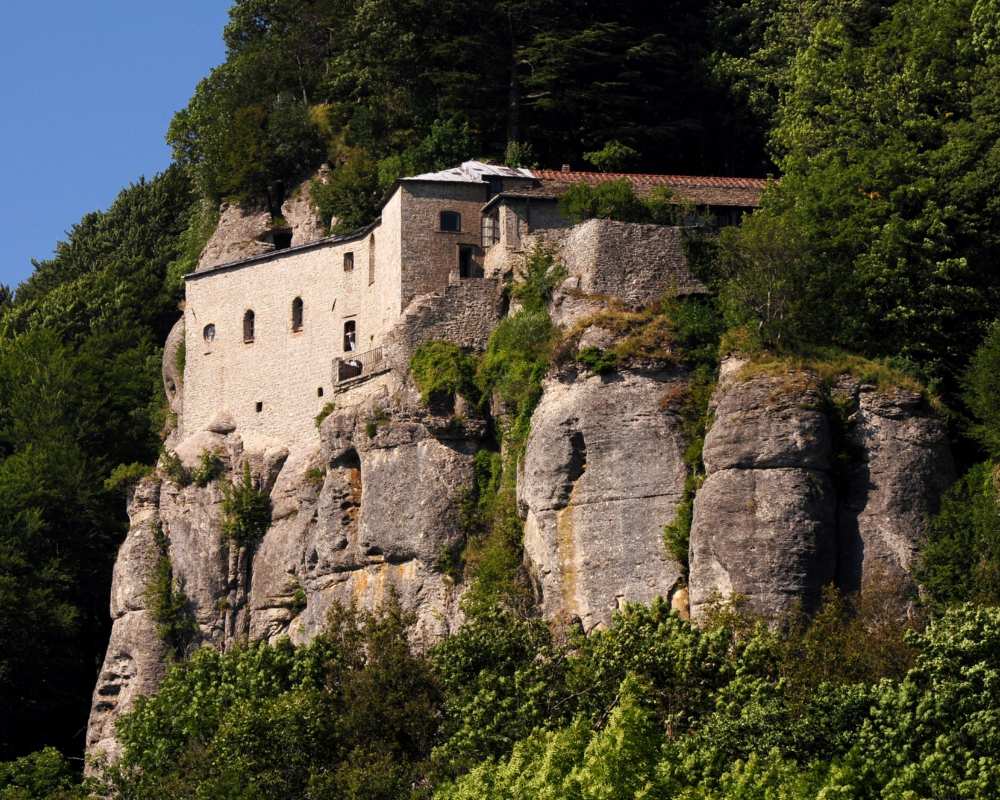
Also famous and important is the network of trails known as the Via di Francesco, which runs through the fascinating Casentino Forests. To retrace the saint's steps, a visit to the Sanctuary of La Verna, where St. Francis received the stigmata, is a must.
Along all the routes that make up the path - which passes through Anghiari, Arezzo and Cortona -evidence of the saint can be found in art, churches and especially in hermitages, such as the hermitage of Le Celle, and the convent of Montecasale, both founded by St. Francis.
The Via Matildica of the Volto Santo (Holy Face)
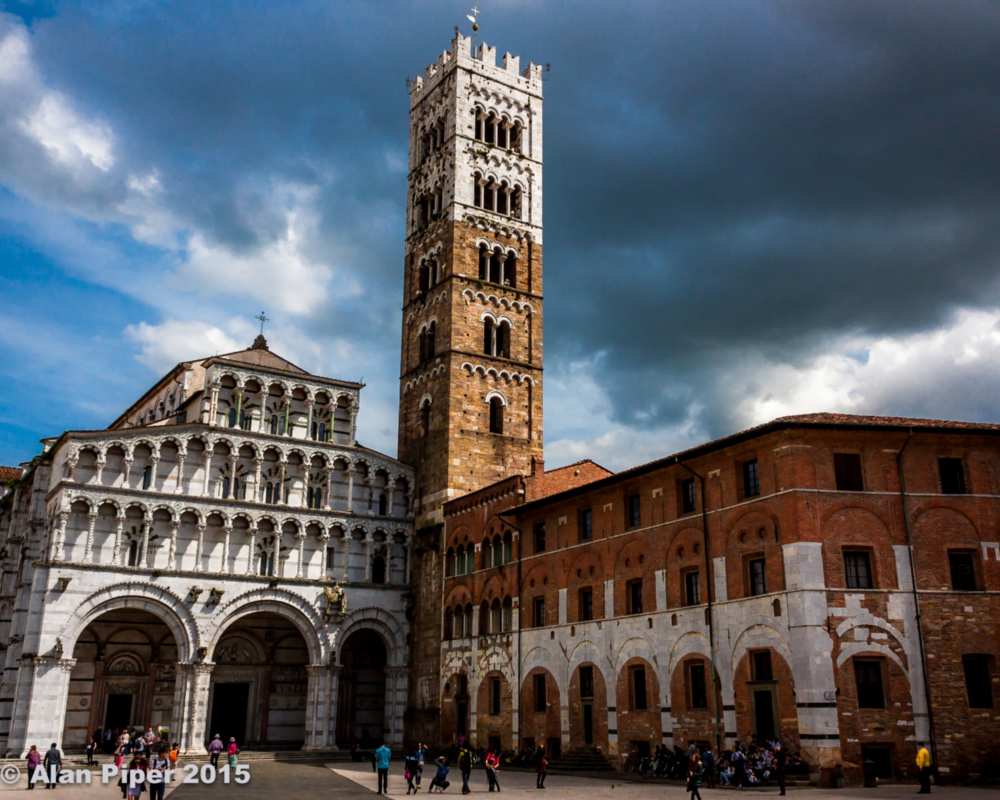
The Via Matildica crosses part of what were the vast domains of an important figure of the Middle Ages: the Great Countess Matilda of Canossa. Starting from Mantua, you cross the Garfagnana and the Valle del Serchio to reach Lucca and, in particular, the precious Holy Face, preserved in a massive golden shrine in the Cathedral of San Martino.
The route is littered with symbols and legends, such as the one surrounding the Ponte della Maddalena (Magdalene Bridge) in Borgo a Mozzano, better known as the Ponte del Diavolo (Devil's Bridge).
Among the most beautiful villages to visit along the route is Barga, which is home to the ancient Cathedral of San Cristoforo and which has been awarded the Italian Touring Club's Orange Flag.
